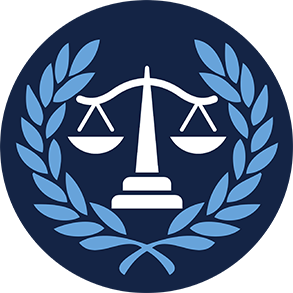Press Releases
Chairman Nadler Statement for Subcommittee Hearing on "Facial Recognition Technology: Examining Its Use by Law Enforcement"
Washington,
July 13, 2021
Washington, D.C. - Today, House Judiciary Committee Chairman Jerrold Nadler (D-NY) delivered the following opening statement, as prepared, during a Subcommittee on Crime, Terrorism, and Homeland Security hearing on "Facial Recognition Technology: Examining Its Use by Law Enforcement:" "I thank Chairwoman Jackson Lee for convening this hearing on the use of facial recognition by law enforcement. "Facial recognition technology is now able to capture images and analyze them in ways that would have been completely impossible just over a decade ago. In some cases, the technology enables the real-time surveillance and matching of individuals in a crowd. "As facial recognition technology has proliferated in a manner largely unchecked by Congress, we now live in a world where biometric data is collected by private businesses, schools, state and local agencies and—as is the focus of this hearing—by law enforcement agencies at all levels of government. "And there is the tension that we must address. On the one hand, this technology is now a common-place fixture in our lives. On the other hand, most Americans have little understanding of how the police use facial recognition technologies to conduct surveillance of communities across the country, for better or for worse. "Thanks to the work of the Government Accountability Office, we have our first glimpse into federal law enforcement’s use of facial recognition technology. In its recent study, GAO found that 20 of the 42 federal law enforcement agencies surveyed use some form of facial recognition technology. "But this report, although an important first step, leaves many unanswered questions about how the technology is used; when it is used; and what type of mechanisms are in place to guard against abuse or to protect sensitive data. "For example, of the 14 federal agencies that said they use non-federal systems, only one agency could provide the GAO with complete information about what systems their employees were actually using in the field. "The picture at the state and local level is even more opaque—but we have received several disturbing reports of the misapplication of facial recognition technology by local police departments. For example, this technology has proven particularly unreliable when attempting to match women and people of color. In some cases, facial recognition is deployed without proper consideration of due process rights. "One witness here today—Mr. Williams—will testify to the profound impact that a misidentification under these circumstances can have on one individual’s life. Simply put, Mr. Williams deserved better from the law enforcement agencies entrusted to use a technology that we all know is less accurate when applied to citizens who look like him. "Facial recognition technology can be an important crime fighting tool. But like all such tools, we need to ensure that the adoption of this new technology does not further erode trust between law enforcement and the communities they serve, and does not compound the unfairness of a criminal justice system that too often disproportionately impacts people of color. "Today, this Subcommittee begins to ask the critical questions surrounding police use of facial recognition technology. The hearing will not answer every question about the adoption of facial recognition technology by law enforcement—but my hope is that we will take another important step toward balancing the needs of law enforcement agencies, the priority of keeping Americans safe from crime, and the valid concerns about this technology expressed by communities across this country. "Our task is not an easy one. We want an America where every individual knows that they and their family are safe from harm—while our fundamental rights are protected. We want an America where law enforcement has the tools it needs to protect and serve, but with clear guidelines and rules that prevent those tools from being abused. "Understanding how to make that vision real at a moment when technology keeps changing and evolving will take a tremendous amount of work. But this is work worth doing. "Again, I thank the Chairwoman for calling this hearing. I thank the witnesses for taking the time to engage with us and I look forward to their testimony." |



